Chapters >> 1 - 3 | 4 - 6 | 7 - 10 | 11 - 13 | 14 - 16 | 17 - 19 | Giglist
The band broke up in January 1973. Hans and Tomas continued to work together backing artists like Emile Ford, Umberto Marcato and Harpo.

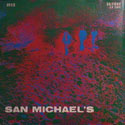
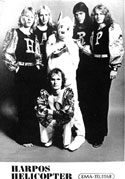
The group's style was built around the keyboard parts, particularly the sound of the Hammond organ, the Wurlitzer electric piano and the Davoli synthesizer. Tomas played a Rickenbacker bass guitar, a model with a distinctive tone, which was almost completely unknown in Sweden at the time. The vocals were sung in Swedish to better emphasise the poetic content of the lyrics to audiences. As the group had no international ambitions, singing in English seemed pointless.
The band made two unofficial concerts at local jailhouses in the spring of 1974. Sadly, Thomas Sjöberg was hit by cancer and couldn't rehearse regularly any more. He was forced to leave the band, and was replaced by INGEMAR BERGMAN. The group rehearsed intensively with their new member, concentrated on new compositions and recorded several demo tapes. After a while they realized that the trio format was too limited to express all the dimensions in the compositions. So they decided to look around for a guitarist. First man out was a friend of Ingemar's, ROGER NORDLUND. He was a fine technician, but unable to fit in with the group's overall sound. So KAIPA set up an audition with young ROINE STOLT, then only seventeen years old. Ingemar had met him at the Uppsala Music Fair, and told him about the band. Roine was much impressed by the group's stamina, exhibited in their habit of day-long rehearsals. He didn't know at first whether he would actually join the group, as the other three band members wanted to give the new quartet format some kind of dry-run before making their minds up.
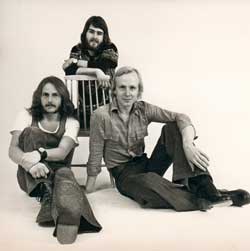
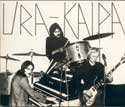
Kaipa's early songs were based on a non-traditional song structure: after an intro of folk or classical flavour, the song generally developed a jazzier orientation, before ending with a solemn symphonic conclusion, restoring the classical element.
The group's first live appearance was as a trio. It occurred at an open-air festival in Norrtälje in June 1974. In August the trio formally asked Roine to join as full-time member. They were now certain of his ability to develop a personal style to suit the group's evolution. The new line-up debuted in an open-air festival at "Gärdet" in Stockholm that same month.
The group performed well and received a rapturous audience response. The band eschewed stage histrionics, preferring to rely on the quality of their music. They sometimes included circus music and humorous rock'n'roll pastiches in their repertoire and were also fond of lengthy improvisations
On 21 October 1974 Kaipa performed its first radio broadcast, playing live in Christer Eklund's famous "Tonkraft" programme on Swedish national radio, a show devoted entirely to the national and international progressive rock scene. On the same broadcast one could listen to other Swedish bands alongside international headliners like DEEP PURPLE and JETHRO TULL. Under these stressful circumstances, the band's showing was somewhat nervous and lacklustre, but this first broadcast proved a great opportunity to emerge from their relative isolation and get some national recognition.
Kaipa kept rehearsing busily to improve their cohesion and instrumental technique. Roine Stolt started contributing tunes and the entire group polished up some lengthy pieces of ten-minutes-plus duration.
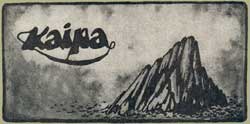

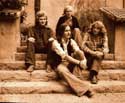

Chapters >> 1 - 3 | 4 - 6 | 7 - 10 | 11 - 13 | 14 - 16 | 17 - 19 | Giglist